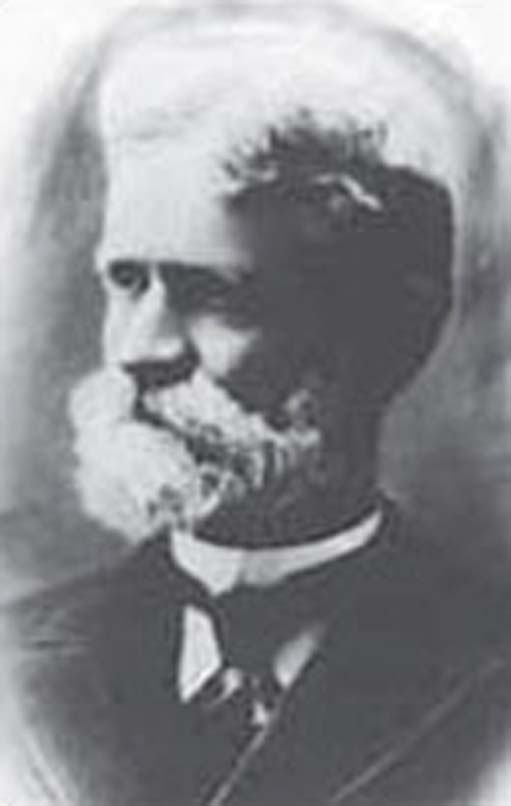2 Background to network security
2.1 Introduction
An effective security strategy will of necessity include highly technical features. However, security must begin with more mundane considerations which are often disregarded: for example, restricting physical access to buildings, rooms, computer workstations, and taking account of the ‘messy’ aspects of human behaviour, which may render any security measures ineffective. I shall remind you of these issues at appropriate points in the unit.
The need for security in communication networks is not new. In the late nineteenth century an American undertaker named Almon Strowger (Figure 1) discovered that he was losing business to his rivals because telephone operators, responsible for the manual connection of call requests, were unfairly diverting calls from the newly bereaved to his competitors. Strowger developed switching systems that led to the introduction of the first automated telephone exchanges in 1897. This enabled users to make their own connections using rotary dialling to signal the required destination.

